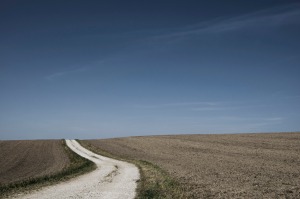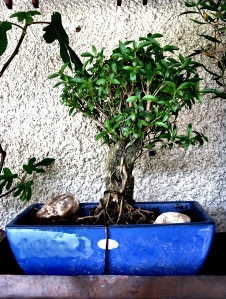The main aspect of bonsai maintenance is watering, if you don’t follow this simple instruction your plant will surely perish. If you water your plant too much or too little you will absolutely end up getting a perishing bonsai. The earth of your bonsai also ties in with the watering as different grounds have distinct properties. Be sure you choose a soil that does not dry too easily as that suppresses circulation or water and air. Since plants depend on the atmosphere and water supply get each day, it’s wise to know what to do when conditions occur like the look of mould and pets because it lacks aeration.
Bonsai trees also get pests and diseases like any other plant. Using the right sort of soil and the appropriate watering program will help prevent these pests from forming. Here are a few tips on the best way to identify that something is already incorrect in your Bonsai:
- Dry Leaves. You’ll know your Bonsai feels distinct when suddenly their leaves become yellow in color and began to fall of the tree. This may result from dearth of water. If the leaves of your tree are experiencing these changes it’s typically either due to under-watering your bonsai or over feeding it fertilizers.
- Pests observable on the tree. You need to identify the bug on your tree to help you get a suitable treatment, merely take note of any specific attributes and google it. If you are unable to identify it, try shooting a picture and reveal it to Bonsai sites that have forums. There are lots of experienced bonsai enthusiasts on these forums that are consistently willing to give a helping hand.
- Your plant may be affected by a fungi or virus if the leaves begin to dry out and the branches heavily darken. When you detect these symptoms you have to immediately isolate your bonsai from other plants to quit the fungi spreading. Remove the areas of the tree which you think is infected and then spray a fungicide to kill all the virus present in the tree.
Molds
Mold may appear if the ground has too much water, has poor aeration and contains too much fertilizer inside. To be able to do away with those horrible appearing moulds in your Bonsai tree, combine the following:
— 1 1/2 teaspoons of hrydrogen peroxide
— 1 cup water
 Blend the ingredients given above and pour it in a spray bottle. Make sure to spray the solutions to all parts of the plant including grounds, leaves and trunks. It’s also advisable to spray the solution to the roots for it’ll kill all the moulds and in addition, may give out oxygen to the plant.
Blend the ingredients given above and pour it in a spray bottle. Make sure to spray the solutions to all parts of the plant including grounds, leaves and trunks. It’s also advisable to spray the solution to the roots for it’ll kill all the moulds and in addition, may give out oxygen to the plant.
Bugs
Bonsai trees can get infected by bugs such as mealy bugs, mites, scale and wooly mites if they can be put beside a tree that can bring these kinds of bugs. It is best to capture the bugs as soon as feasible spray it promptly using an insecticidal solutions to prevent the bugs from spreading around the Bonsai tree.
Visit the link for more information about beginners guides to grow bonsai at home.


